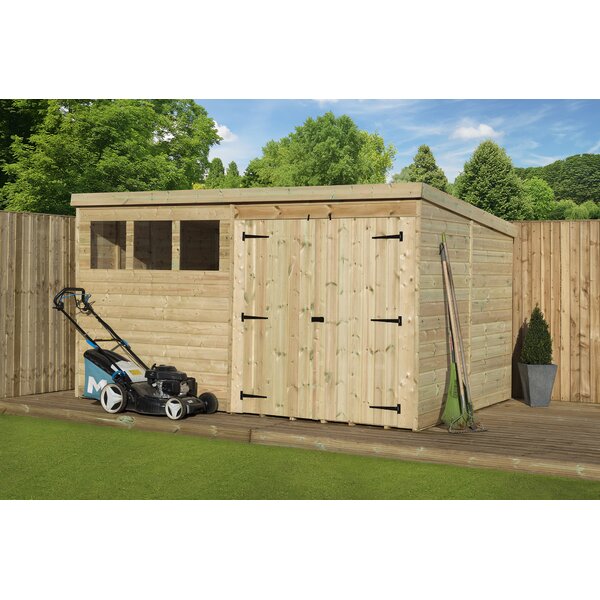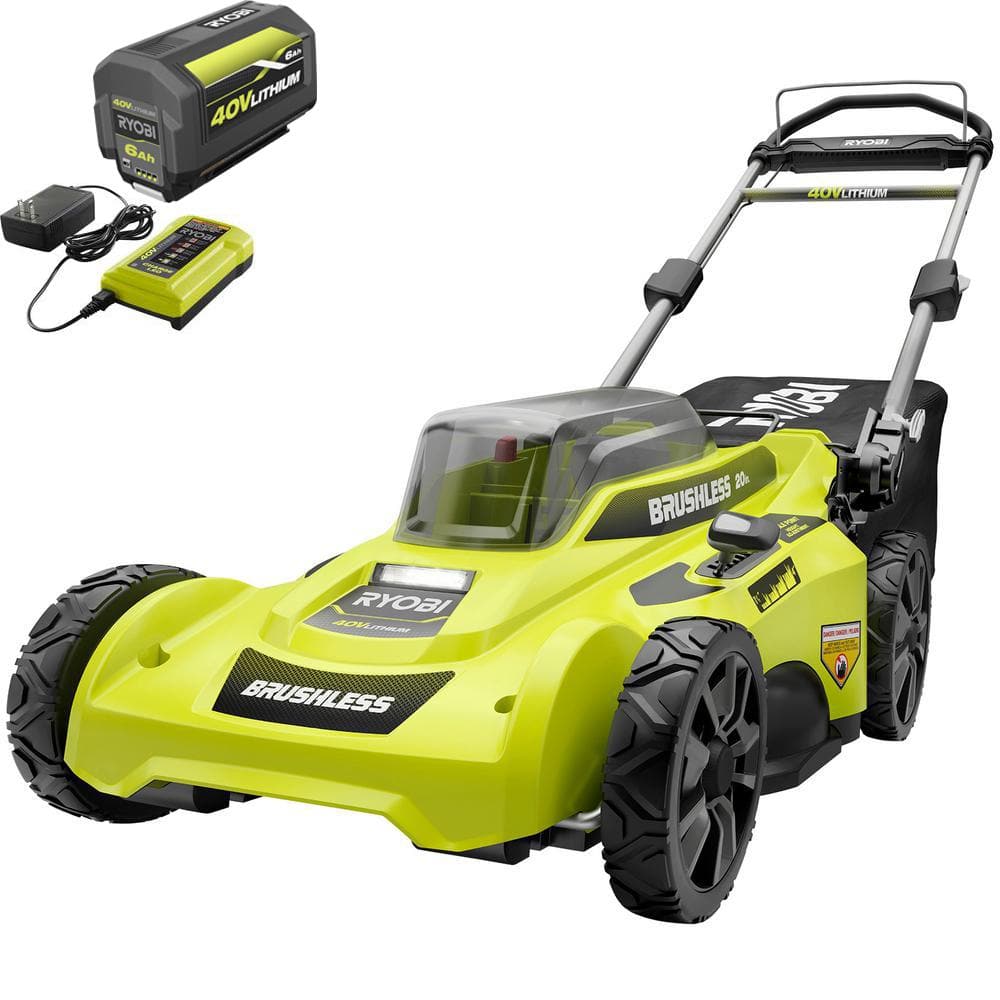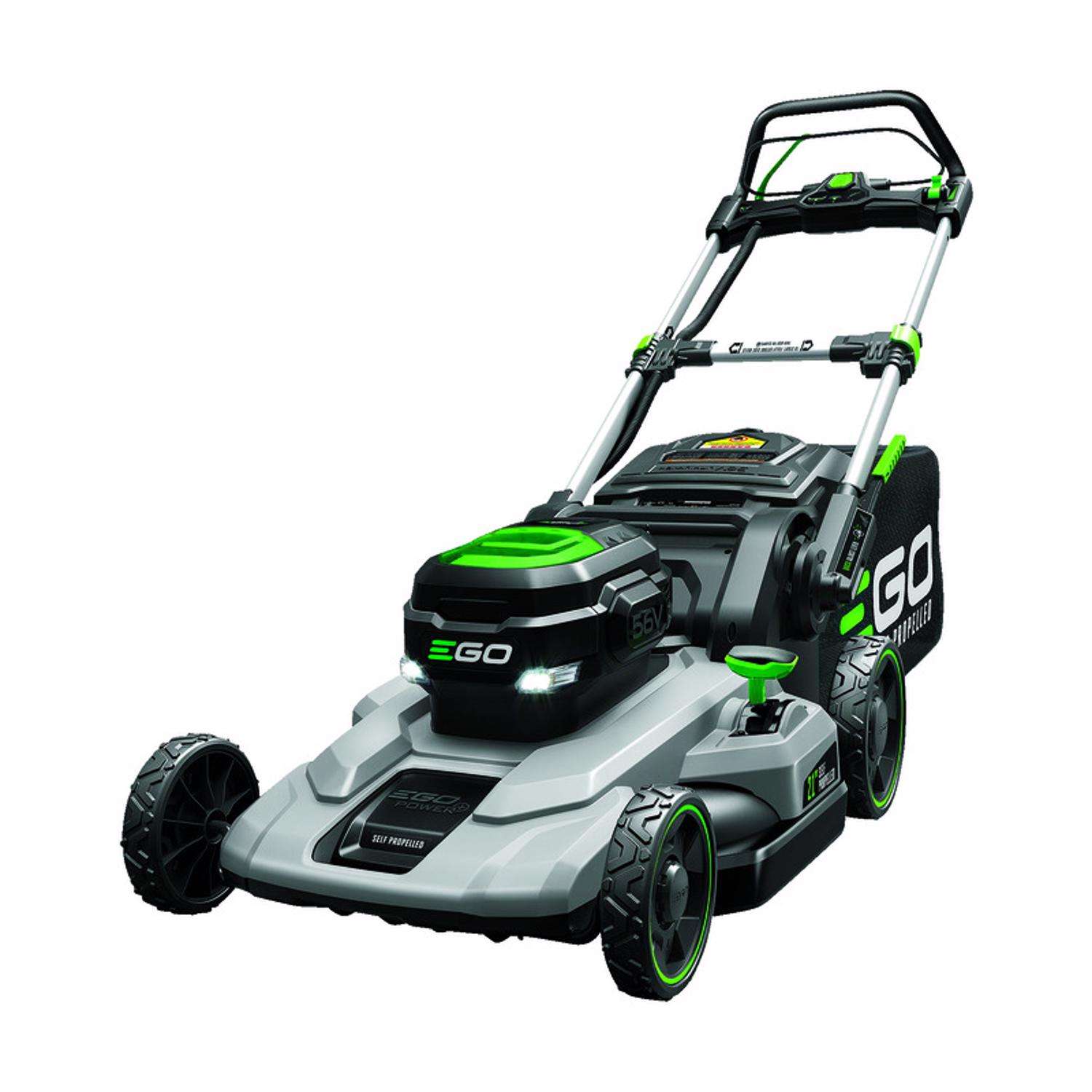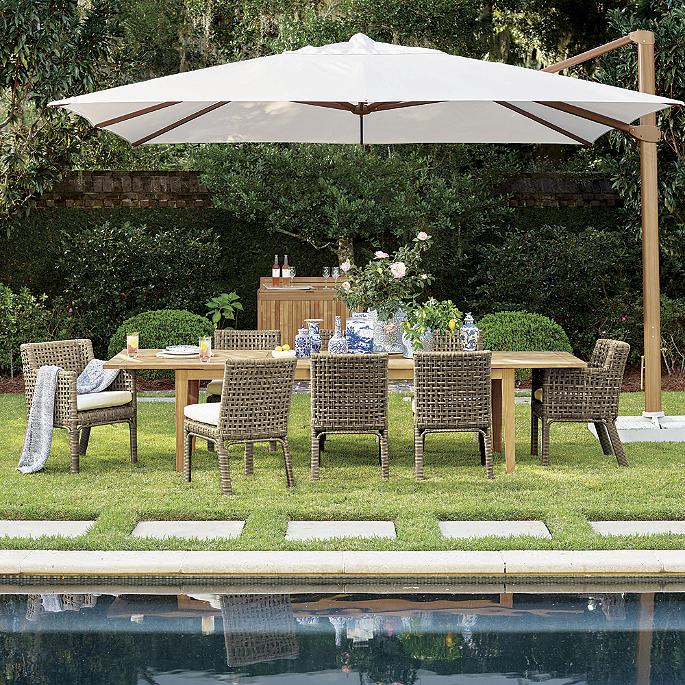Kaukauna 12 Ft. W x 8 Ft. D Solid Wood Garden Shed Dakota Fields
This tongue and groove pent wooden shed is a fantastic piece that has plenty of storage space and features a durable and robust build thanks to the pressure treated timber shiplap cladding.
This tongue and groove pent wooden shed is a fantastic piece that has plenty of storage space and features a durable and robust build thanks to the pressure treated timber shiplap cladding. It features a set of double doors on the left side of the shed with three windows on the right side providing an adequate amount of light. The roof is covered with 20kg of green mineral felt.
What’s Included?
- Door Lock
- 3 Window(s)
- Floor
- Shed
- Double Doors
Features
- OSB Roof and floor
- Pre-made panels
- Unable to deliver to the following postcodes: AB, DD, FK, IV, KW, PA, PH, KY
- Front comes in two panels
- We do not offer an installation service for this item.
- Windows should have been sealed with silicone as per the assembly instructions to avoid water coming inside the shed through the windows.
Product Details
- Adult Assembly Required: Yes
- Windows Included: Yes
- Door Lock Included: Yes
- Rot Resistant: Yes
Floor Included
- Floor Included: Yes
- Floor Material: OSB board
Additional information
| Dimemsion | Overall (Metric):363 W x 236 D x 203 H |
|---|---|
| Weight | 150kg |






by Paul
Can be a sod to erect if you don’t line everything up first. Don’t commit to screwing right down until you do have all panels in place as you’ll find some have been manufactured quite crudely and need a bit of persuasion. Overall though a great looking shed.
by John
Really good and really well assembled!